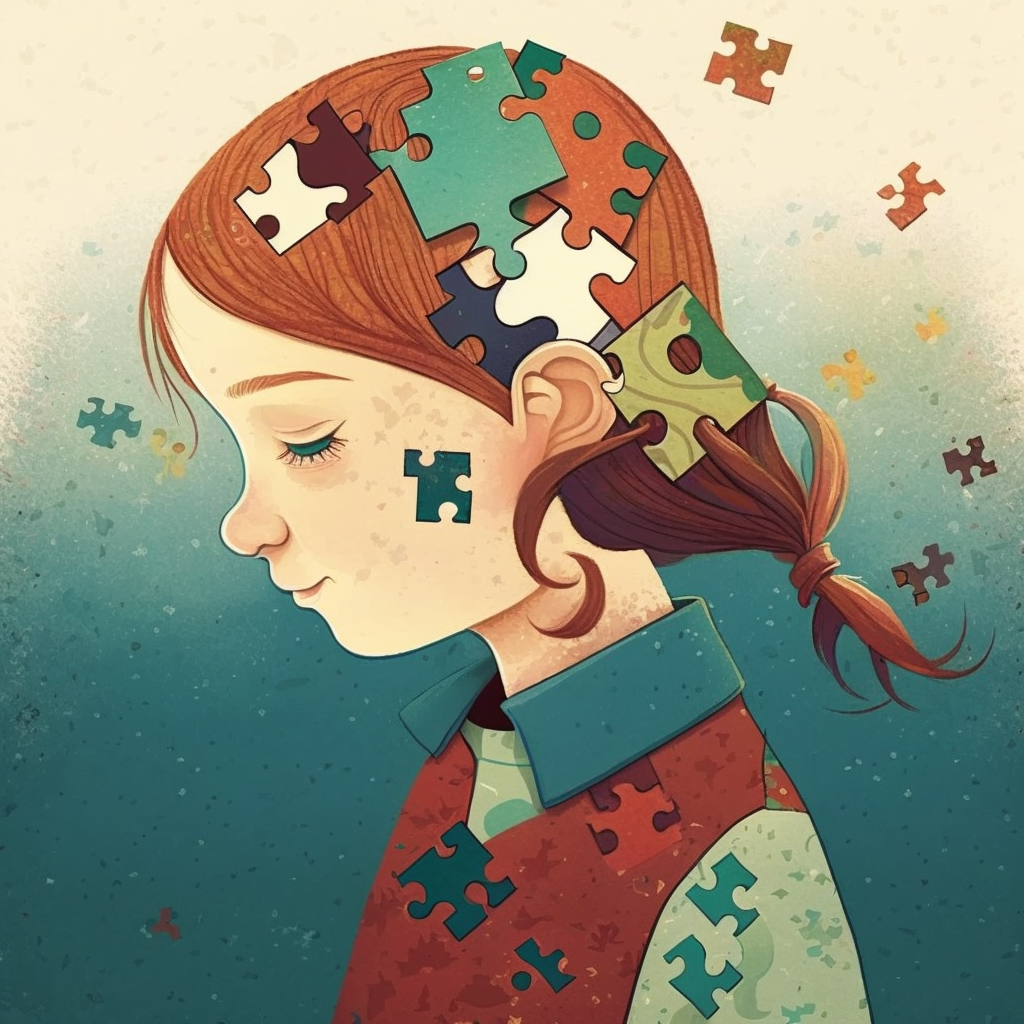
Understanding Autism: Common Characteristics in 2025
Evidence-based insights into autism spectrum characteristics and strengths
6 min readCommunication Differences
- Varied conversational styles and patterns
- Different eye contact preferences
- Direct, literal language processing
- Unique non-verbal communication approaches
Behavioral Patterns
- Preference for predictable routines
- Stimming behaviors (self-regulation)
- Deep, focused interests and passions
- Comfort in structured environments
Sensory Processing
- Heightened or reduced sensory sensitivity
- Specific texture and fabric preferences
- Need for sensory accommodations
- Unique responses to environmental stimuli
Social Interaction Styles
- Different approaches to socializing
- Preference for meaningful connections
- Challenges with unwritten social rules
- Value authenticity over social performance
Common Strengths
- Exceptional pattern recognition abilities
- Strong visual and spatial reasoning
- Deep expertise in special interests
- Honest, authentic communication
- Creative problem-solving approaches
Learning Profiles
- Visual and hands-on learning strengths
- Excellence in systematic fields (STEM, music, art)
- Benefits from clear structure and expectations
- Unique cognitive processing advantages
2025 Understanding
Autism is a neurological difference, not a deficiency. Every autistic person has a unique profile of characteristics, challenges, and exceptional strengths. With appropriate accommodations, inclusive environments, and respect for neurodiversity, autistic individuals thrive in education, careers, relationships, and communities.
Understanding Autism Spectrum in 2025
Autism Spectrum Disorder (ASD), commonly referred to as autism, represents a neurological difference affecting how individuals process information, communicate, and experience the world. Current estimates from health organizations indicate approximately 1 in 36 children are identified as autistic. The spectrum nature of autism means each person has a unique combination of characteristics, strengths, and support needs.
Modern understanding in 2025 emphasizes the neurodiversity paradigm, which recognizes autism as a natural variation in human neurology rather than strictly a disorder requiring cure. This perspective shifts focus toward providing accommodations, reducing barriers, and supporting autistic individuals in ways that respect their authentic selves.
Common Characteristics and Differences:
- Communication Differences: Autistic individuals may have varied communication styles including different patterns of speech development, preferences regarding eye contact, challenges interpreting tone or implied meaning, and direct literal language processing. Many communicate effectively in ways that differ from neurotypical norms.
- Repetitive Behaviors and Special Interests: Many autistic people find comfort in routines and predictability. Stimming (repetitive movements like hand flapping or rocking) serves important self-regulation functions. Deep, passionate interests in specific topics often lead to exceptional expertise and career success.
- Sensory Processing Differences: Autistic individuals often experience sensory input (sounds, lights, textures, smells, tastes) more intensely or less intensely than neurotypical people. Clothing tags, fluorescent lighting, or certain sounds may cause discomfort, while other sensations may be sought out for regulation.
- Social Interaction Approaches: Autistic people may have different approaches to socializing, preferring smaller groups, one-on-one interactions, or online communication. Understanding unwritten social rules and reading subtle social cues can be challenging. Many autistic individuals value authentic, direct communication over social performance.
- Cognitive Strengths and Learning Styles: Many autistic individuals excel in visual-spatial reasoning, pattern recognition, systematic thinking, and detailed analysis. Learning styles often favor hands-on experiences, visual information, and clear structures. Many demonstrate exceptional abilities in STEM fields, arts, music, or other specialized areas.
Research in 2025 increasingly recognizes that many challenges autistic people face stem from environments and social expectations designed for neurotypical individuals rather than from autism itself. With appropriate accommodations—such as sensory-friendly spaces, clear communication, flexible work arrangements, and respect for different social styles—autistic individuals thrive in education, employment, relationships, and all areas of life.
Core Features of Autism
- Social Communication Variations: Different styles of verbal and non-verbal communication, varied conversational patterns, and unique approaches to expressing thoughts and needs.
- Behavioral Patterns and Interests: Repetitive movements for self-regulation, strong preference for routines, deep focus on topics of interest, and systematic approaches to activities.
- Sensory Processing Differences: Heightened or reduced responses to sensory input including sound, light, touch, taste, smell, movement, and spatial awareness.
Identification and Support
- Early Recognition: Developmental differences can often be observed in toddlers between 18-24 months. Early identification enables access to early intervention services, therapies, and family support resources that can significantly improve developmental outcomes.
- Support Approaches in 2025: Current best practices emphasize individualized support plans, accommodations that reduce barriers, therapies that build on strengths, assistive technology, social skills training that respects autistic communication styles, and creating inclusive environments in schools and workplaces.
Important Considerations
- Autism in Girls and Women: Historically underdiagnosed, autistic girls and women often display different presentation patterns, including social masking (hiding autistic traits). Increased awareness and updated diagnostic approaches in 2025 are improving identification across all genders.
- Debunking Myths: Scientific consensus firmly establishes that autism is not caused by vaccines, parenting styles, or diet. Autism is a neurodevelopmental difference with genetic and environmental factors. Autistic people experience the full range of human emotions and are capable of deep relationships and empathy, though they may express these differently.
- Identity and Language: Many autistic adults prefer identity-first language (“autistic person”) over person-first language (“person with autism”), viewing autism as integral to who they are. Respecting individual preferences regarding terminology is important.
Understanding Autism: Adult Perspectives
Frequently Asked Questions About Autism
Evidence-based answers to common questions about autism spectrum characteristics, diagnosis, support, and neurodiversity. Information updated for 2025 reflecting current research and understanding.
Common characteristics include differences in social communication (such as varied eye contact patterns and conversational styles), repetitive behaviors and routines that provide comfort and regulation, unique sensory processing experiences (heightened or reduced sensitivity), and distinctive cognitive strengths including pattern recognition and detailed focus. Current understanding in 2025 emphasizes that autism manifests differently in each person, and many characteristics represent differences rather than deficits.
Recent data indicates autism affects approximately 1 in 36 children in the United States. This prevalence reflects improved diagnostic practices, increased awareness among healthcare providers, better screening tools, and broader understanding of how autism presents across different demographics including girls, women, people of color, and individuals without intellectual disability. The actual number of aut